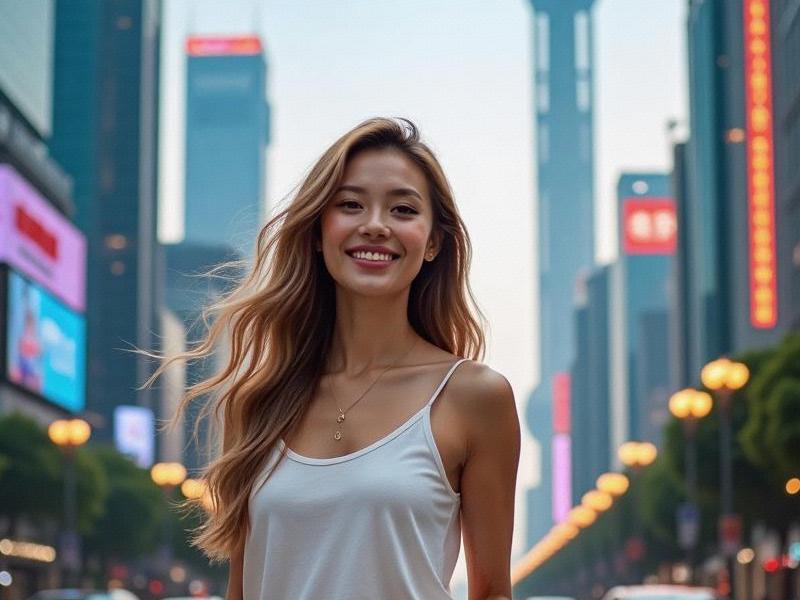This 2,500-word feature investigates how educated, cosmopolitan Shanghai women are challenging traditional beauty norms while becoming global ambassadors of Chinese modernity through diverse fields from tech to the arts.

Section 1: Historical Context
Shanghai's feminine archetype has evolved through eras:
- 1920s: "Modern Girls" blending Chinese and Western styles
- 1950s: Gender-neutral worker imagery
- 1980s: Return of fashion consciousness
- 2000s: Luxury brand ambassadors
- Present: Multidimensional professional-creatives
Section 2: Contemporary Trendsetters
爱上海最新论坛 Profiles of influential figures:
1. Tech: Lucy Lu (AI entrepreneur, Forbes 30 Under 30)
2. Arts: Maya Chen (multimedia artist exhibiting globally)
3. Academia: Dr. Wei Ning (gender studies professor)
4. Sustainability: Olivia Wang (eco-fashion pioneer)
5. Gastronomy: Chef Emma Wu (fusion cuisine innovator)
Section 3: The New Beauty Paradigm
Market research reveals shifting preferences:
上海私人品茶 - 68% Shanghai women prioritize "capability" over appearance
- 42% reject traditional marriage timelines
- 57% invest in professional development over cosmetics
- 39% maintain active WeChat blogs about expertise
Section 4: Cultural Export
How Shanghai women project influence:
- Leading China's luxury e-commerce growth
- Setting trends in modest fashion
上海贵族宝贝sh1314 - Redefining workplace femininity
- Blending Confucian values with global feminism
Challenges Ahead:
- Balancing career ambitions with family expectations
- Navigating China's evolving gender politics
- Combating lingering stereotypes
- Maintaining authenticity in influencer economy
As sociologist Dr. Li Mei observes: "The Shanghai woman today isn't defined by what she wears or how she looks, but by what she creates and contributes. This represents a fundamental shift in our conception of feminine value."
These trendsetters demonstrate how Shanghai continues to produce women who shape national conversations while maintaining the city's historic reputation as China's most progressive urban center.